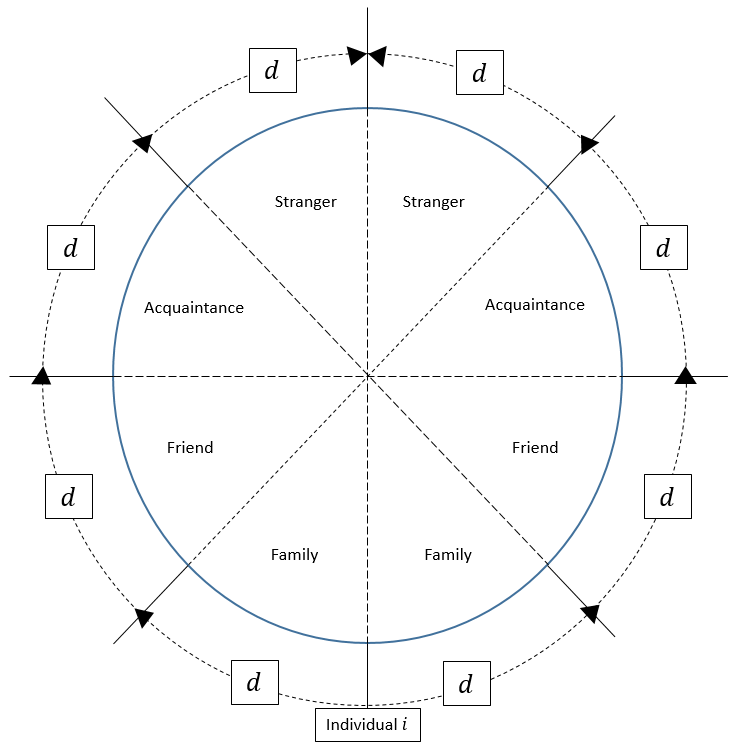Social Capital and the Voluntary Provision of Public Goods
Rik Chakraborti, Gavin E. Roberts, Jason F. Shogren and Matthew Maloney
Theory: Communication reduces social distances---through socialization, acquaintances become friends, strangers become acquaintances---and increases the incentive to cooperate.
Abstract: Individual contributions to public good investments are subject to the classic problem of free riding. We investigate theoretically, and empirically, the possibility of overcoming the free-riding problem through creating social capital via communication. Our theoretical model establishes the mechanism through which communication can influence social capital, and shows that the extent of social capital created can be measured by the reduction in free-riding. We test the effectiveness of two commonly used types of communication interventions in various organizations--structured, task-oriented communication and unstructured, free-form communication--in creating social capital empirically using data from a public goods experiment. Our novel experimental design allows us to compare the ability of these two interventions in creating social capital.
Empirics: The increase in voluntary public good investments from (1) a structured, task-based communication (Team-building) treatment, and (2) an unstructured, free-form communication treatment (Free).
Although both types of communication are found to reduce free-riding, when players stay in the same groups before and after communication, unstructured communication brings voluntary contributions closer to the efficient level persistently; structured communication is less successful. In contrast, structured communication is more successful when players are allocated to different groups after communication; unstructured communication has no impact on voluntary contributions in this case.
Our results have a wide variety of applications. For instance, if managers in organizations foresee switching workers to different teams regularly, team-building exercises may be a more cost-effective intervention due to workers free-riding to a lesser extent even after they are switched to new teams. If managers in organizations do not foresee frequently switching workers to new teams, then casual communication interventions may be more cost-effective, since within a group, casual communication has a stronger and more persistent effect in curbing free-riding behavior.


